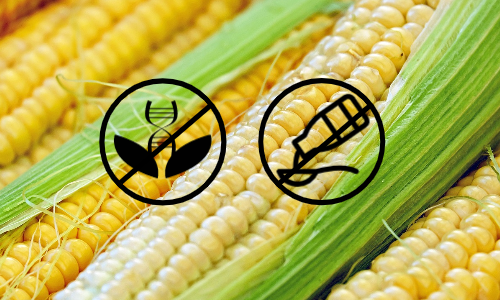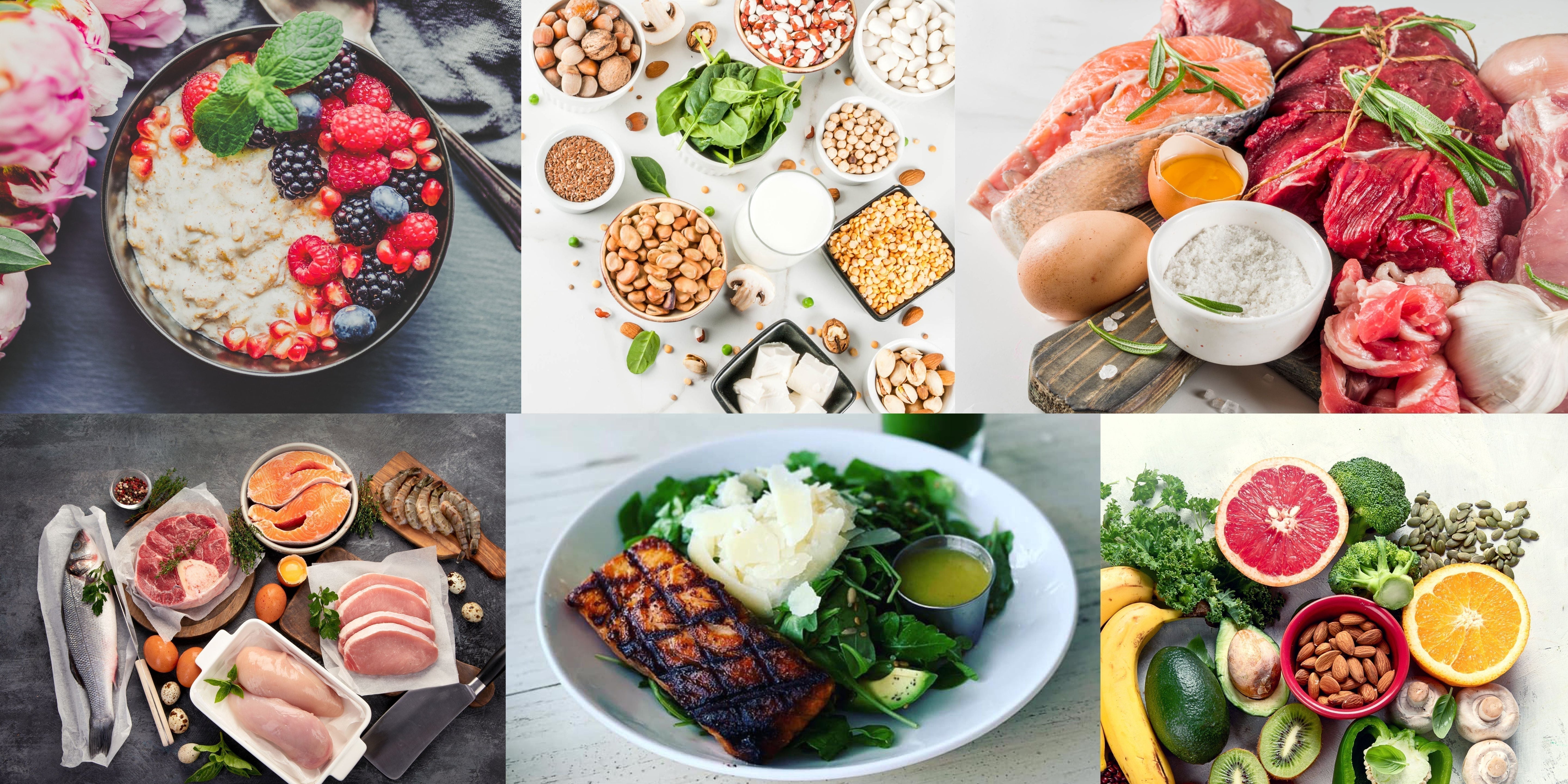Today I want to expose the food industries dirty little secret…corn.
It is everywhere and in nearly everything.
If you follow the Standard American Diet (SAD) then you are practically a walking ear of corn.
Actually that wouldn’t be so bad. The dirty little secret is that the ingredients found in our food supply are mostly made from derivatives hardly resembling the delicious, fresh corn-on-the-cob we enjoy on a summer’s night in August.
Alas, industrial corn in its natural state is completely inedible. You would probably wretch if you tried to eat an ear. It exists purely to be processed so that the oils, starch, and low quality proteins can be extracted. Those components, after intense industrial processing, are then injected into various stages of our food supply from oil, to baked goods, to snack foods. One of the biggest offenders comes in the form of corn syrup.

Corn syrup, more specifically high fructose corn syrup (HFCS), seems to be everywhere. From candy bars, sodas, cakes and baked goods, salad dressings, ketchup and condiments, bread, and more, high fructose corn syrup can be found hidden on many food labels.
It may even surprise you to find out that corn syrup solids (not high fructose corn syrup) are the main source of carbohydrates in some infant formulas.
The Problem with GMO High Fructose Corn Syrup:
The vast majority of corn products in general come from genetically modified organisms (GMOs).
- The European Union, unencumbered by the United States’ version of corporate capitalism, have banned GMOs entirely from their food supply and even from allowing them to be fed to animals.
The problem with genetically modified organisms (GMOs) is that they have had their genes biologically altered. This is to surpass the normal (and reasonable) boundaries of nature. The plants grow faster, produce their own pesticides internally, are more resistant to heavy duty pesticide sprays (I’ll take an extra dose of Roundup over here please), and are engineered to be genetically sterile (unable to reproduce subsequent generations). For example, most corn has been genetically modified to produce its own pesticide (bt toxin) in the corn itself. How does the bt toxin work? Well, it causes the inside of the intestines of certain bugs to rip open when they eat the corn. Which has made some wonder, has this contributed to the rise in leaky gut and food allergies?
Large amounts of fructose cannot be sufficiently processed by the body and causes a burden on the liver.
- Fructose by itself isn’t necessarily bad. Fructose is found in fruits, some vegetables, sugar and honey. However, fructose found in HFCS as well as diets high in HFCS have been linked to an increase in fatty livers and liver inflammation. The liver is critical for detoxification. The last thing we want to do is add undue burden on the job it plays each day in detoxifying our body.
Fructose intolerance seems to be increasing.
- While it is rare, fructose intolerance is real. I believe the more people connect the damaging effects of HFCS with this intolerance, we will see cases grow. For Small Intestinal Bacterial Overgrowth (SIBO) experts in the natural health world are suggesting FODMAP diets, which reduce different forms of natural sugars that can cause havoc in a poorly functioning gut. High fructose corn syrup is definitely on the avoid list.
A sluggish, overburdened, and overtaxed body is the result.
- High Fructose Corn Syrup is sweeter than regular table sugar and is cheaper. So it is used in many foods as a way to cut costs. It also seems to be in just about every food and drink item of the Standard American Diet. Obesity and other health issues in general have been constantly rising for quite some time. Some seem to connect that in particular with the introduction of high fructose corn syrup. There really isn’t a need to have everything we eat be sweet. We need to start turning back our taste buds to enjoy the array of flavors in nature (sour, savory, bitter), and not just sweet. Corn is also one of the top 8 allergens, so limiting its gmo derivatives would be helpful. Let’s give our livers, guts, and energy levels a break and cut out the high fructose corn syrup!
What Are The Alternatives?

First of all, for our overall health, it is imperative that we cut down on our sugar intake in general. Americans consume roughly over 100 lbs of sugar in a year, some say almost 152 lbs. That is a lot of sugar! All of this sugar contributes to blood sugar dysregulation and conditions like diabetes. It also leads to mood swings during blood sugar lows, which most people know as a case of being “hangry”. As much as we love the taste, our bodies are not meant to eat added sugars at every single meal. It takes its toll and messes with our energy levels. Hello caffeine anyone?

Alternatives to high fructose corn syrup:
As consumers have learned about the issues with corn syrup, more companies are making alternative products with regular sugar instead. If soda is a must, try a brand that uses cane sugar or stevia might be a starting point. Some people also find kombucha, a fermented drink rich in probiotics that uses significantly less sugar and still provides the fizziness of soda, a beneficial alternative. There are plenty of different brands that offer sugar as an alternative in ketchup and other condiments or food items.
Get used to checking labels and seeing what you can make at home. For example, make your own brownies with good old flour, eggs, butter and chocolate, vs. a store mix. For a baking application like peanut brittle, you use a product made from real sugar. Lyle’s Golden Syrup is a great example. You could try making your own from this recipe (note I haven’t tried the recipe myself).

Alternatives to corn starch:
Corn starch is commonly used as a thickener. If you want to use an organic, non-gmo corn starch, you could still use that. There are other natural thickeners to use as well. Arrowroot powder and tapioca starch are popular alternatives often used in the Paleo community.






Share:
Cut Out Toxic Oils and Replace With Healthy Fats
Minerals for Summer Health